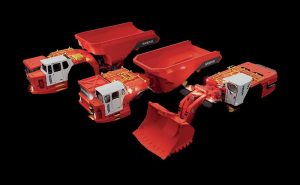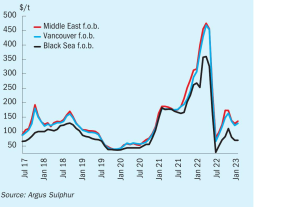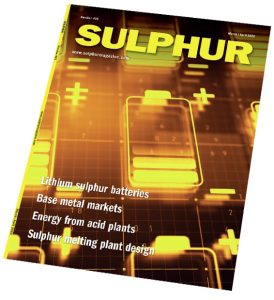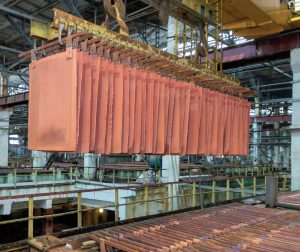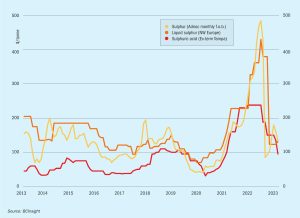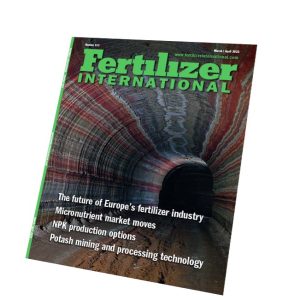
Earnings and affordability
2022 was another very good year for Nutrien, the world’s largest crop nutrient company. The Canadian-headquartered fertilizer giant produces around 27 million tonnes of potash, nitrogen and phosphate products annually from operations and investments in 14 countries, distributing these to agricultural, industrial and feed customers across the globe. Its agriculture retail business, Nutrien Ag Solutions, also serves more than 500,000 farmers worldwide.





